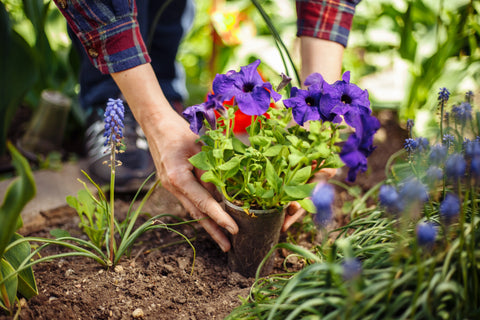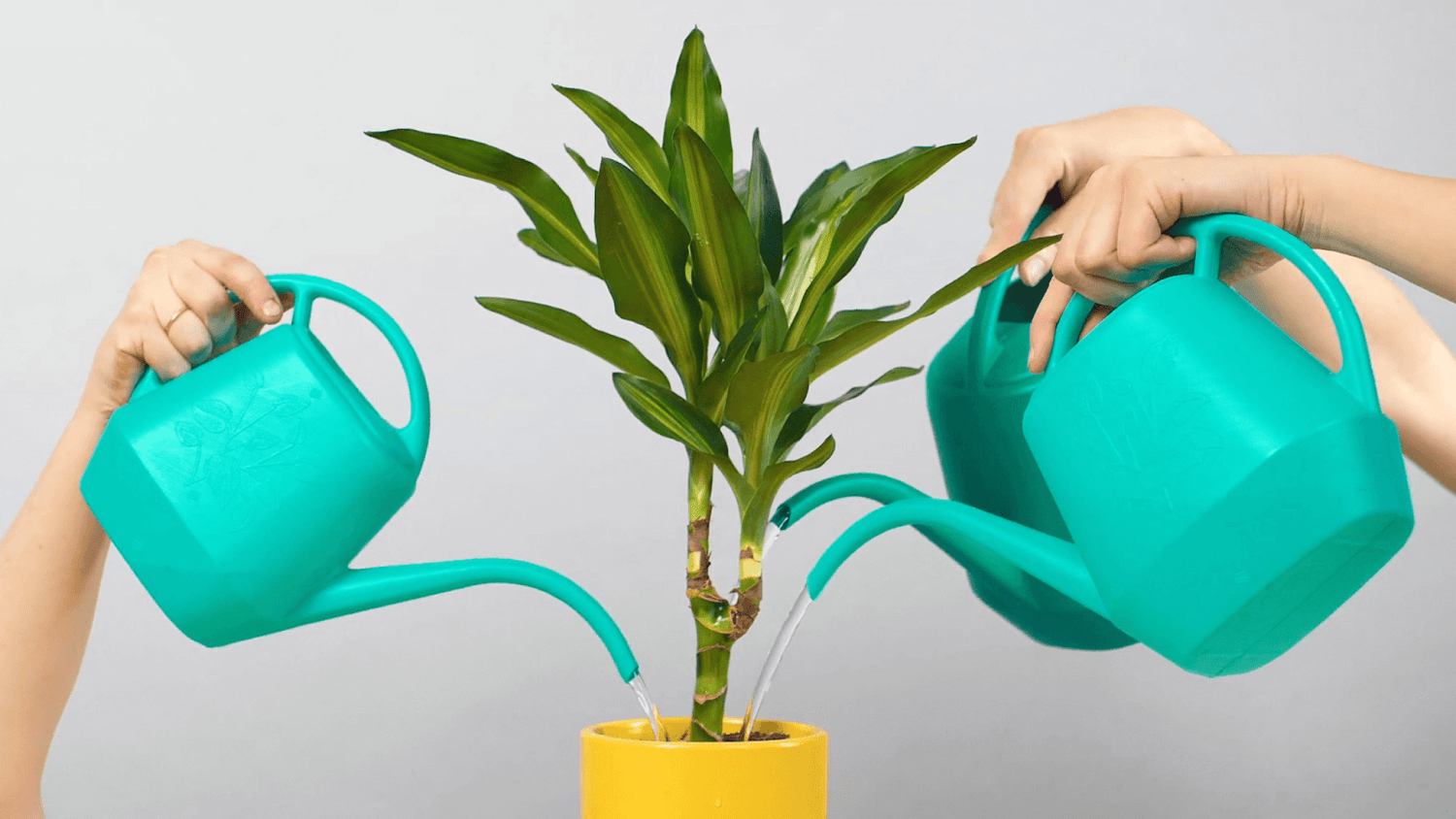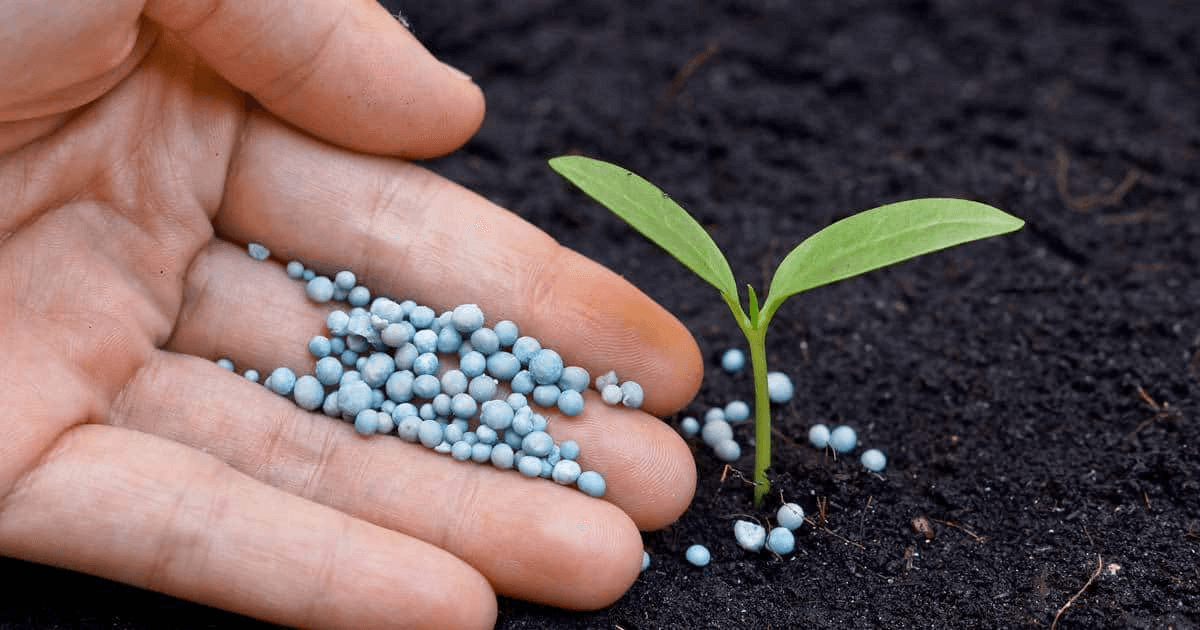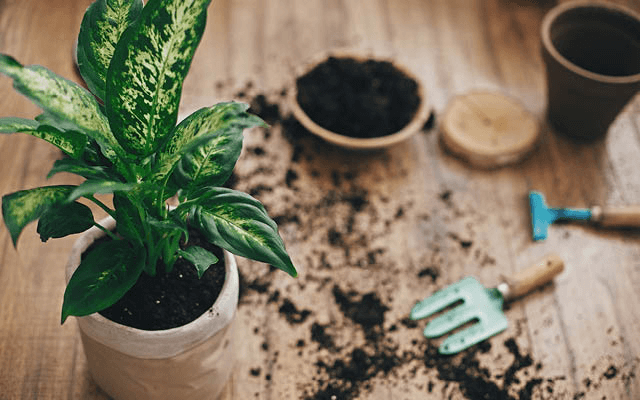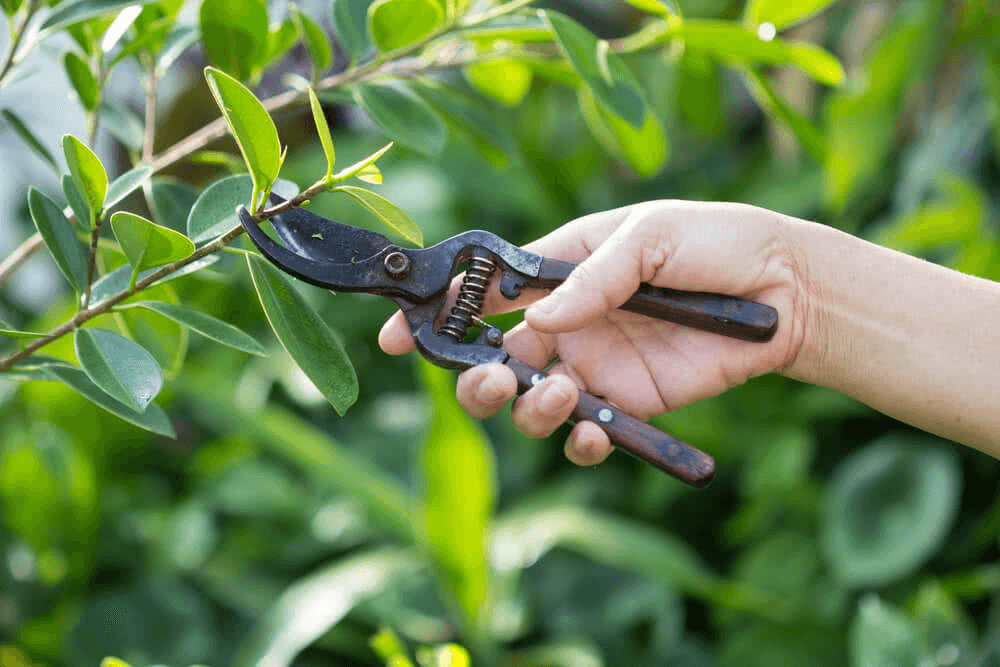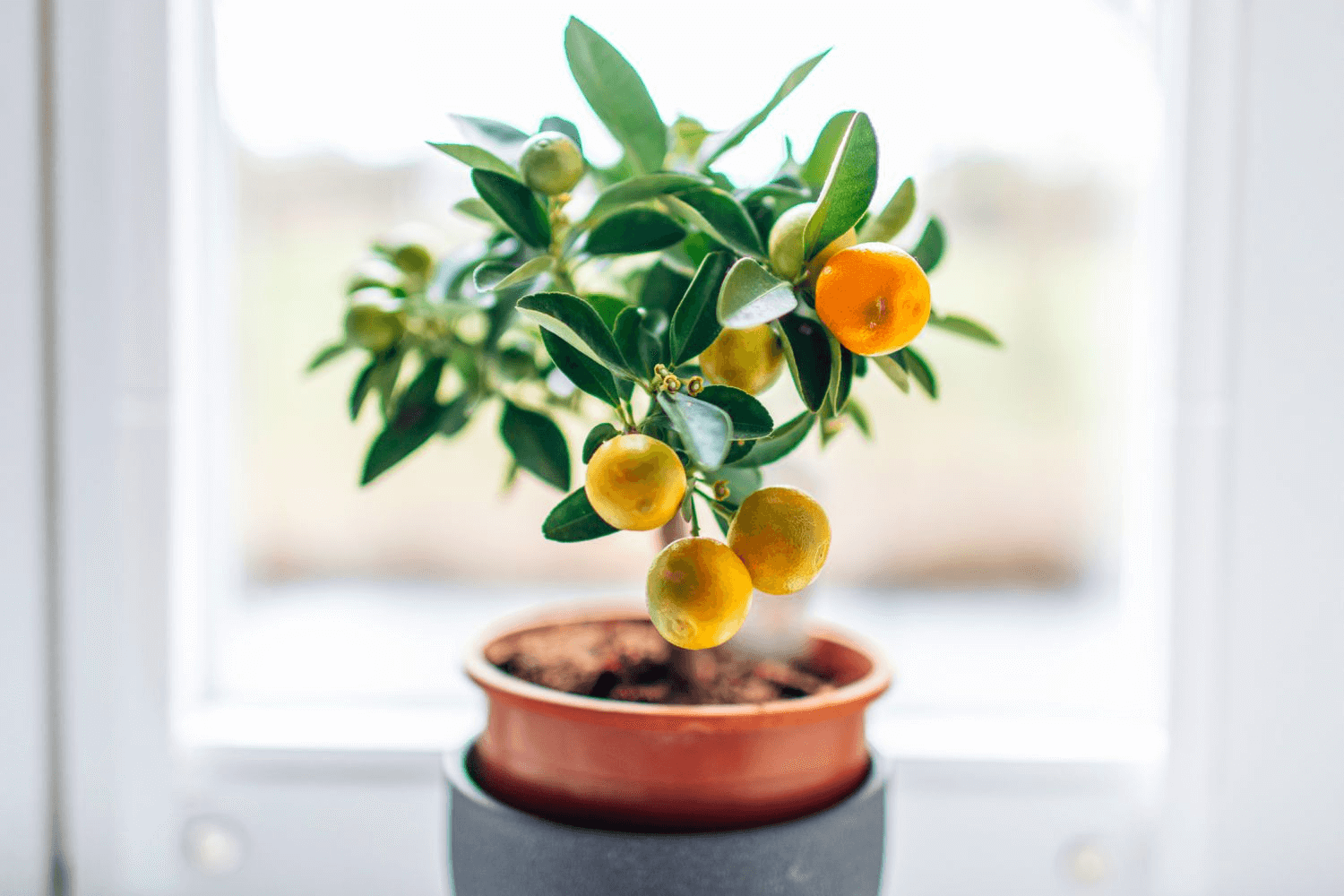Temperature, Humidity and Light
Orange plants are good houseplants as they prefer stable warmth indoors. Citrus plants grow well at 18°C during the day and between 5°C and 10°C at night. In summer, they can be shifted outside once the risk of frost is over. Some citrus plants are more temperature-sensitive than others. For example, Lemon trees can bear temperatures up to 5°C. Whereas limes can only endure temperatures up to 10°C. Based on the type of citrus plant, decide when or if you should carry it outdoors in the summer.
For a citrus plant to grow properly, the plant needs five to six hours a day of direct sunlight. The orange plant loves humid environments, shift it to a naturally humid room. The bathroom and kitchen are perfect humid environments for an orange plant. Try misting the plant if you are keeping it anywhere else. Misting keeps the temperature low and facilitates pollination of flowers.


